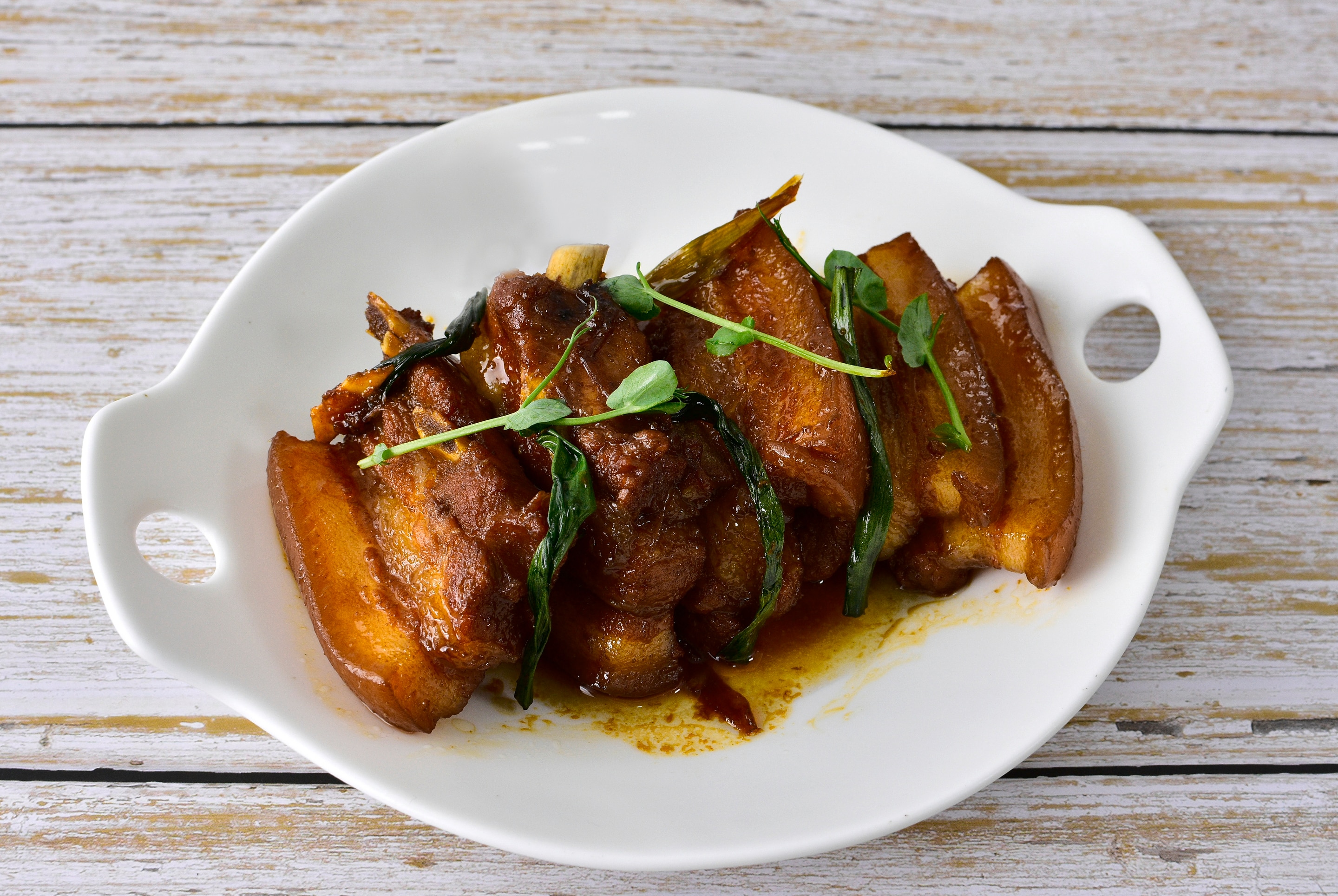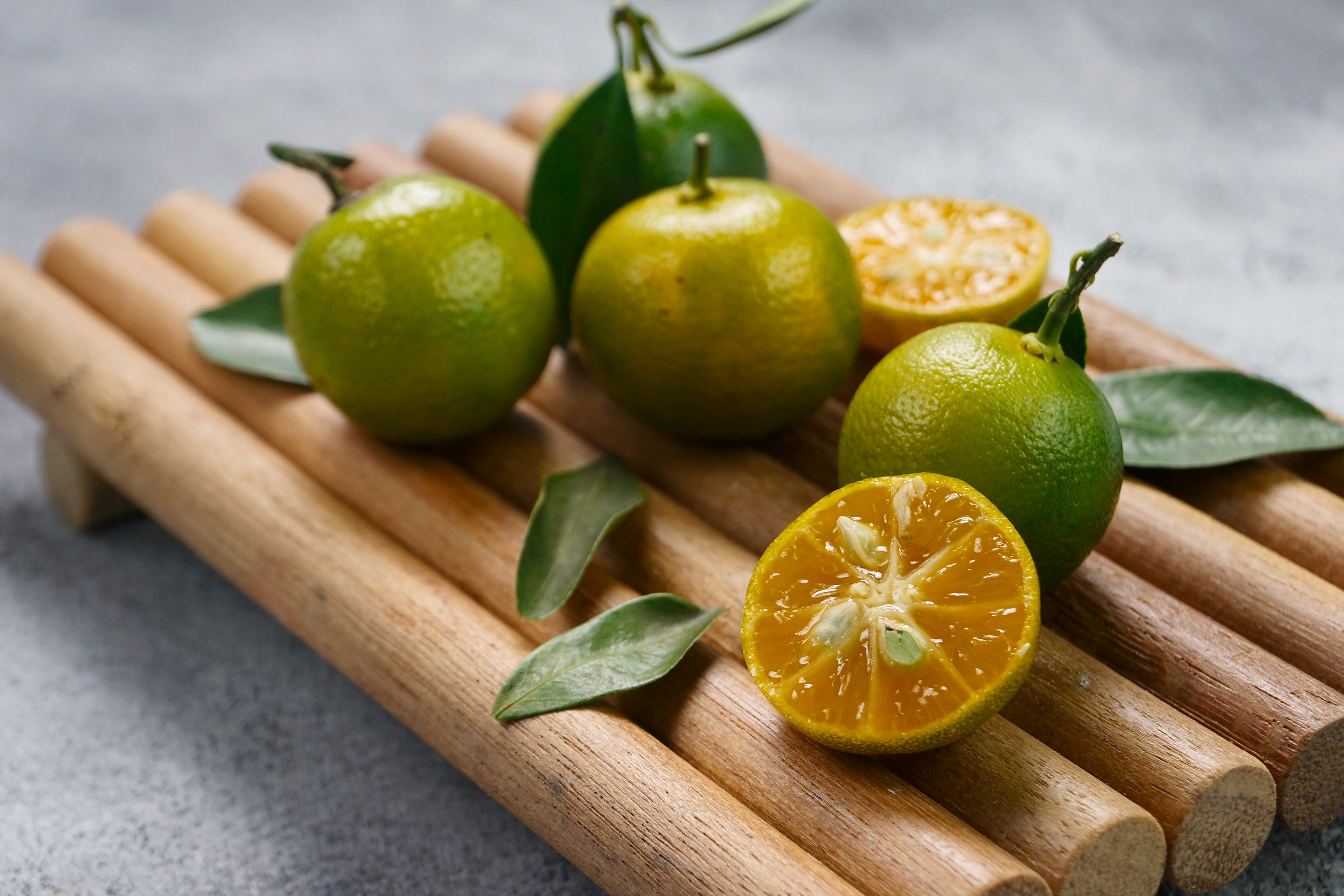Skip to:
Of the many ways to add a little (or a lot!) of sourness to a dish, spritzing some calamansi juice is probably the most common method. This tiny citrus is easy to find in the wet market and you may even have a plant or two growing in your backyard.
Calamansi should always be stocked in your fridge, especially when you consider how sourness is an essential part of Pinoy cooking. Whether it’s the in-your-face taste of Sinigang, the layered mix of soy sauce and vinegar in typical sawsawan, or somewhere in between, we love having that mouth-puckering flavor in our dishes.
But have you ever wondered how calamansi juice can further transform your cooking? Well, there are 3 ways you can try.
Calamansi Juice Cuts Fattiness

If you’re cooking something that has a lot of fat, say a Pork Adobo or Beef Bulgogi, adding some calamansi juice can help you balance the rich flavors. Fat can cling and coat the tongue, leaving a bad aftertaste in your mouth. Adding the right type of acid will help dissolve the fat, and calamansi juice could be perfect for that.
While leaving out the fat might seem to be the easier solution, remember that it carries flavor, and so removing it will likely make the dish less tasty and also dry. Humba without the fat? Inconceivable..
While vinegar might be an easier choice if you need to add a lot of acid, a teaspoon or two of calamansi juice could be perfect when you just need to do a little flavor tweak.
Calamansi Juice is a Great Natural Tenderizer

Calamansi juice also works really well as a meat tenderizer because of its high acidity. All but the toughest cuts of meat won’t stand a chance, because this juice will break down the fibers and help soften the meat up. Plus, it’ll add a little complexity to the flavor too.
This works best when you allow the meat to soak in a marinade of calamansi juice and other ingredients (like Knorr Liquid Seasoning). Remember not to do it for too long though, as the meat might absorb too much of the calamansi and end up being too sour.
Calamansi Juice Balances Sweetness

The sourness of calamansi juice is also pretty useful for when you want to offset sweetness. This mostly happens in desserts, although you may also find yourself doing this in some savory dishes that use a lot of sugar or even honey.
Calamansi Pies, the localized version of the classic Key Lime Pies, are perfect examples of how the sweet and sour can blend well together. Don’t forget that desserts should still be predominantly sweet, and so the calamansi juice should play a supporting role and not take center stage.
Need other ideas for desserts that use calamansi juice? You could try making Calamansi Cheesecake or Calamansi Bars for that sweet-with-sour flavor which can refresh the palate after a rich meal.
If you’re in a hurry or don’t have ready access to calamansi, you can cut down on the time and effort by using a premade mix that offers most of the benefits of calamansi juice, like the Knorr Sinigang na may Miso. It combines the richness of tamarind with the delicate taste of miso, and adds tomatoes, onions, and spices for a delicious flavor that can make your savory dishes taste absolutely amazing. Plus, you won’t need a lot, because just 1 pack is good for 1 liter of broth. How sulit!

